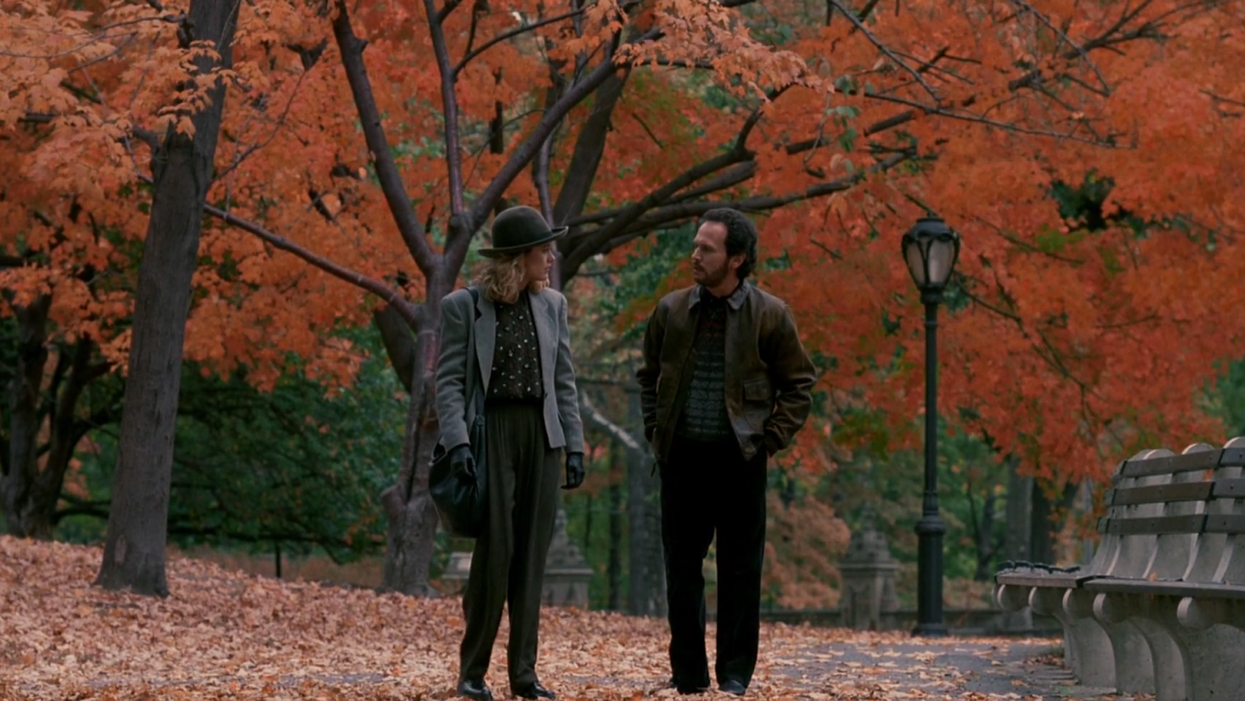How to Make the Setting a Character
Writers everywhere need to be more conscious of how their settings fit into the characterization of their stories.

When Harry Met Sally
I read a lot of specs, and the ones that jump out to me all do one thing that sets them apart from the rest: they understand that where the story is set should also be a character.
Making your setting a character can elevate your story, creating a rich, immersive world that resonates with readers.
Whether you're a seasoned writer or just starting, these tips will guide you in giving life to your setting, transforming it from a mere backdrop to a dynamic, influential force in your narrative.
Let’s unfold the layers of making your setting as compelling as your characters!
What Do People Mean When They Say, "Make Your Setting a Character"?
When people say "make your setting a character," they're referring to a technique in storytelling where the setting—the environment or backdrop where the story takes place—is given as much importance, detail, and personality as a character in the story.
This doesn't mean that the setting literally becomes a person, but rather that it's developed and portrayed with the same care and complexity.
- Personality and Mood: The setting has its own "personality" that influences the mood of the story. For example, a bustling city street might have an energetic, chaotic personality, while an ancient forest might feel mystical and timeless.
- Active Influence on the Plot: Instead of being just a passive backdrop, the setting actively affects the plot and the characters' decisions. For example, a harsh, unforgiving landscape can create obstacles that characters must overcome.
- Emotional Connection: Just like a character, the setting evokes emotions in the reader. This emotional connection is crafted through detailed descriptions that appeal to the senses and elicit feelings.
- Dynamic Nature: The setting changes and evolves over time, much like a character would. This could be through natural changes, like seasons, or through changes brought about by the characters' actions.
- Symbolism and Themes: The setting can symbolize larger themes in the story. For example, a decaying mansion might symbolize the decline of the family that lives there.
- Deep Backstory: Giving the setting a rich history adds depth, making it feel like a character with its own past. This backstory can influence the current events in the narrative.
- Interactions with Characters: The way characters interact with their environment can reveal much about them, just as interactions between characters do. The setting can also reflect or contrast with the internal states of characters.
In essence, when you make your setting a character, you're infusing it with life and depth, allowing it to play a significant role in the story's development and the emotional experience of the reader. This technique can greatly enhance the immersive quality of your narrative.
How to Make the Setting a Character in Your Work

Blade Runner 2049
Fox
So you want to make your setting a character? Well, there are a lot of strategies you can employ.
- Vivid Description: Detail is key. Describe the setting in such a way that it feels alive. Use sensory details to bring it to life: the sights, sounds, smells, and textures of the environment.
- Emotional Connection: The setting should evoke emotions in the reader. This can be done by showing how characters interact with the environment and how it affects their feelings and actions.
- Dynamic Changes: Just like a character, the setting can change and evolve. Show how the environment changes over time, whether it’s the shifting seasons, the decay of an old building, or the bustling growth of a city.
- Unique Personality: Give your setting unique characteristics that make it stand out, almost like quirks in a character. This can be a strange weather pattern, an unusual landscape, or a unique cultural aspect.
- Interaction with Characters: Show how characters are influenced by the setting. This can include physical challenges posed by the environment or cultural and societal norms that affect their behavior.
- Narrative Role: Let the setting play a role in the narrative. It can be a source of conflict, a refuge for characters, or a catalyst for action.
- Historical and Cultural Depth: If applicable, show the history and culture of the setting. This adds layers to the environment, making it feel more real and lived-in.
- Point of View:Consider showing the setting from different points of view. How a character perceives their environment can tell a lot about them, and different perspectives can make the setting more complex and interesting.
Incorporating these elements can make the setting a vivid, integral part of your story, almost like another character.
By employing these techniques, you'll not only enrich your narrative but also create a world that stays with readers long after they've turned the last page.
Remember, the setting can be as multifaceted and influential as any character, adding depth and emotion to your story. Keep experimenting and exploring as you write, and watch your settings come alive with personality and purpose.
Happy writing!
- How to Make Your Location a Character [With Examples] ›
- How Did HBO Make 'Perry Mason' Feel Fresh? ›
- Setting: The Storytelling Potential of Film's (Often) Underappreciated Star Character ›
- What Is a Dynamic Character ›













